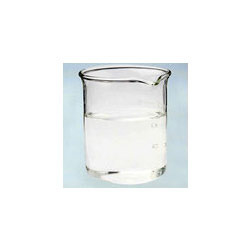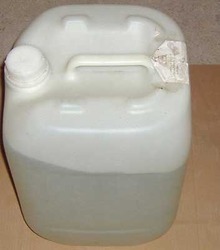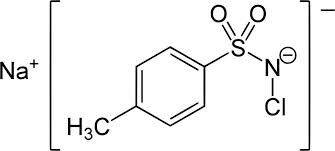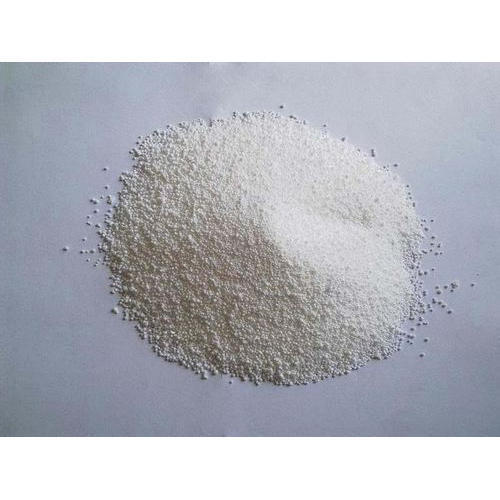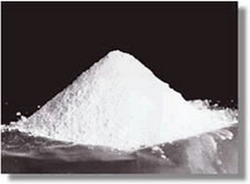
Butylated Hydroxyanisole
Product Details:
- Form Powder
- Solubility Insoluble in water
- HS Code 29093090
- Storage Room Temperature
- Melting Point 48 to 55 C
- Classification Organic Chemicals
- CAS No 25013-16-5
- Click to View more
Butylated Hydroxyanisole Price And Quantity
- 200 Kilograms
- 1150.00 - 1400.00 INR/Kilograms
Butylated Hydroxyanisole Product Specifications
- 25013-16-5
- 29093090
- 48 to 55 C
- 4-methoxyphenol and isobutylene
- Insoluble in water
- Rubber Industrial food medicine Fertilizer Pharmaceutical Toothpastes
- Room Temperature
- Powder
- Food, pharmaceutical, Edible oils, Fats, Meat products Flavours, Cosmetics, Vitamins Waxes, Essential oils, Tallow Sausage, Chewing gum base Potatoes & cereals food packaging material Pharmaceutical
- Organic Chemicals
Butylated Hydroxyanisole Trade Information
- Vadodara, Vapi, Ankleshwar, Gujarat, Ahmedabad, India
- Cash Advance (CA) Days after Acceptance (DA) Cash in Advance (CID) Cheque
- 50000 Kilograms Per Month
- 3 Days
- Yes
- Within a certain price range free samples are available
- 50 kgs
- Australia South America Eastern Europe Western Europe Middle East Central America Asia North America Africa
- All India
Product Description
Butylated hydroxyanisole (BHA) is an antioxidant consisting of a mixture of two isomeric organic compounds, 2-tert-butyl-4-hydroxyanisole and 3-tert-butyl-4-hydroxyanisole. It is prepared from 4-methoxyphenol and isobutylene. It is a waxy solid used as a food additive with the E number E320. The primary use for BHA is as an antioxidant and preservative in food, food packaging, animal feed, cosmetics, rubber, and petroleum products.[3] BHA also is commonly used in medicines, such as isotretinoin, lovastatin, and simvastatin, among others.
BHA has been added to edible fats and fat-containing foods for its antioxidant properties as it prevents rancidification of food which creates objectionable odors. Like butylated hydroxytoluene (BHT), the conjugated aromatic ring of BHA is able to stabilize free radicals, sequestering them. By acting as free radical scavengers, further free radical reactions are prevented.
A synthetic phenolic antioxidant Butylated Hydroxyanisole (BHA) is a commonly used fat soluble food preservative since 1947, with a broad biological activities. It prevents spoilage by reacting with oxygen. It slows down development of off-flavours, odours and colour changes caused by oxidation. It protects animals against radiation and the acute toxicity of various xenobiotics and mutagens.
Other Products in 'Biocides Products' category
 |
PAT IMPEX
All Rights Reserved.(Terms of Use) Developed and Managed by Infocom Network Private Limited. |

 Send Inquiry
Send Inquiry English
English Spanish
Spanish French
French German
German Italian
Italian Chinese (Simplified)
Chinese (Simplified) Japanese
Japanese Korean
Korean Arabic
Arabic Portuguese
Portuguese